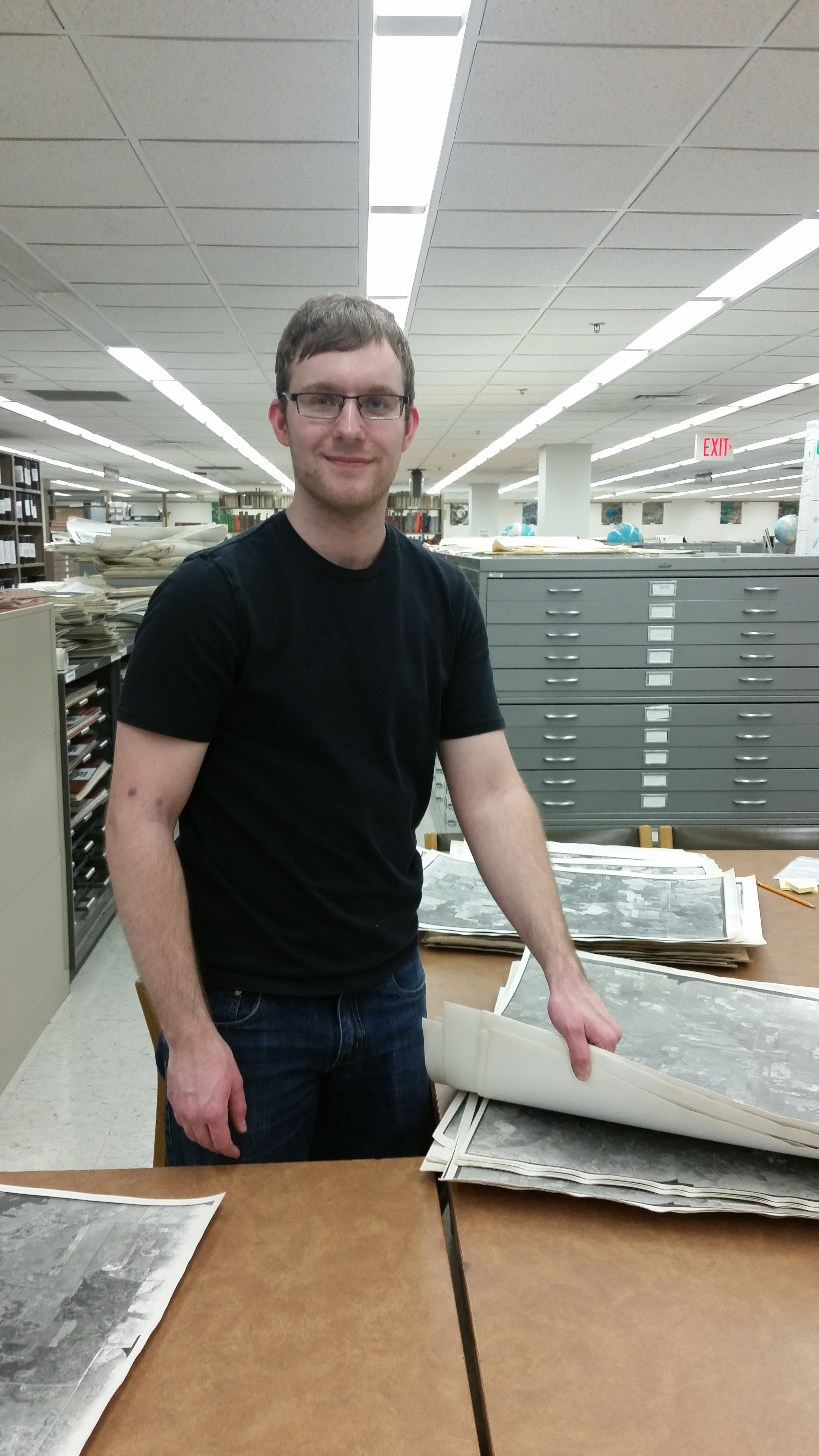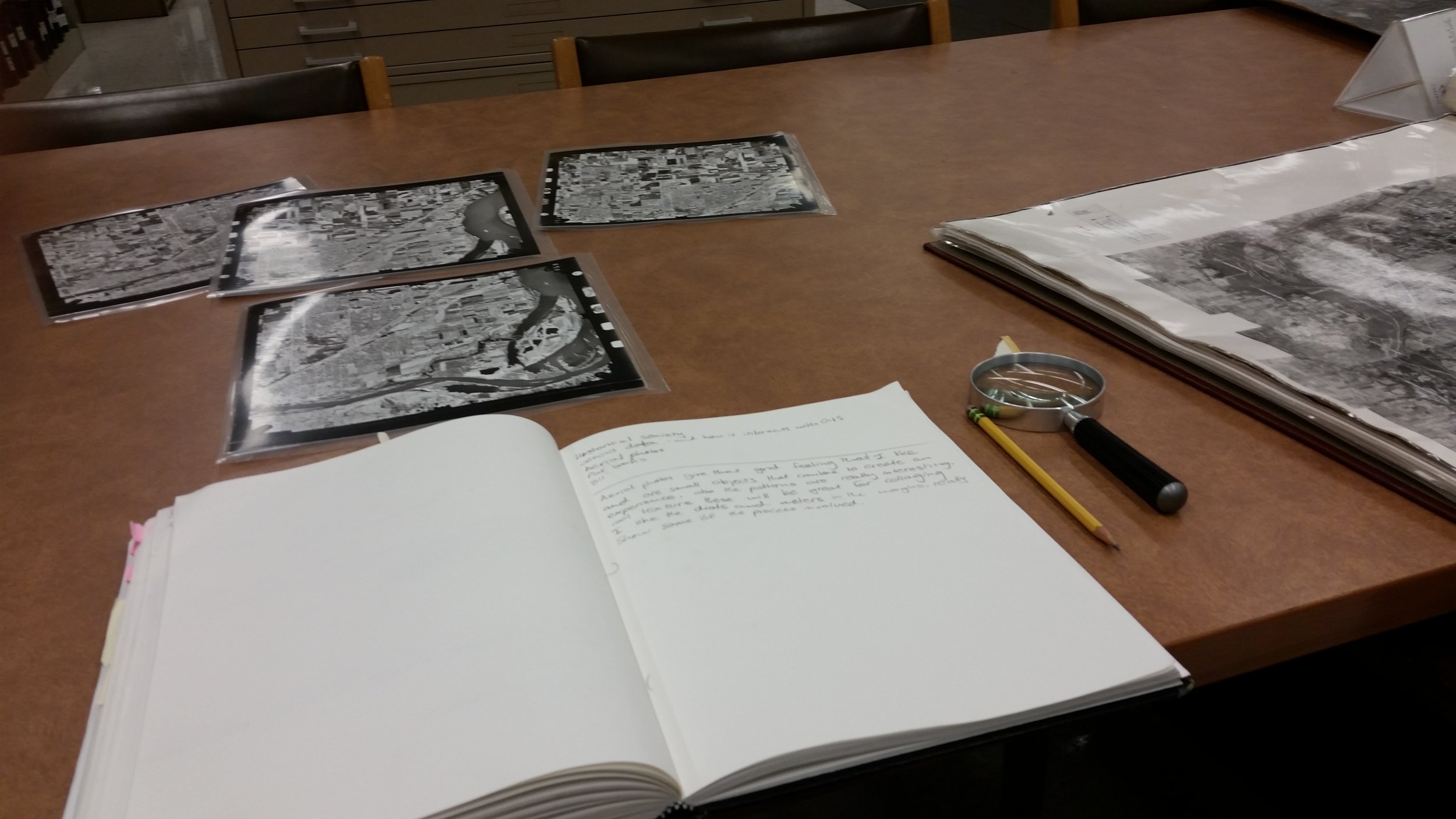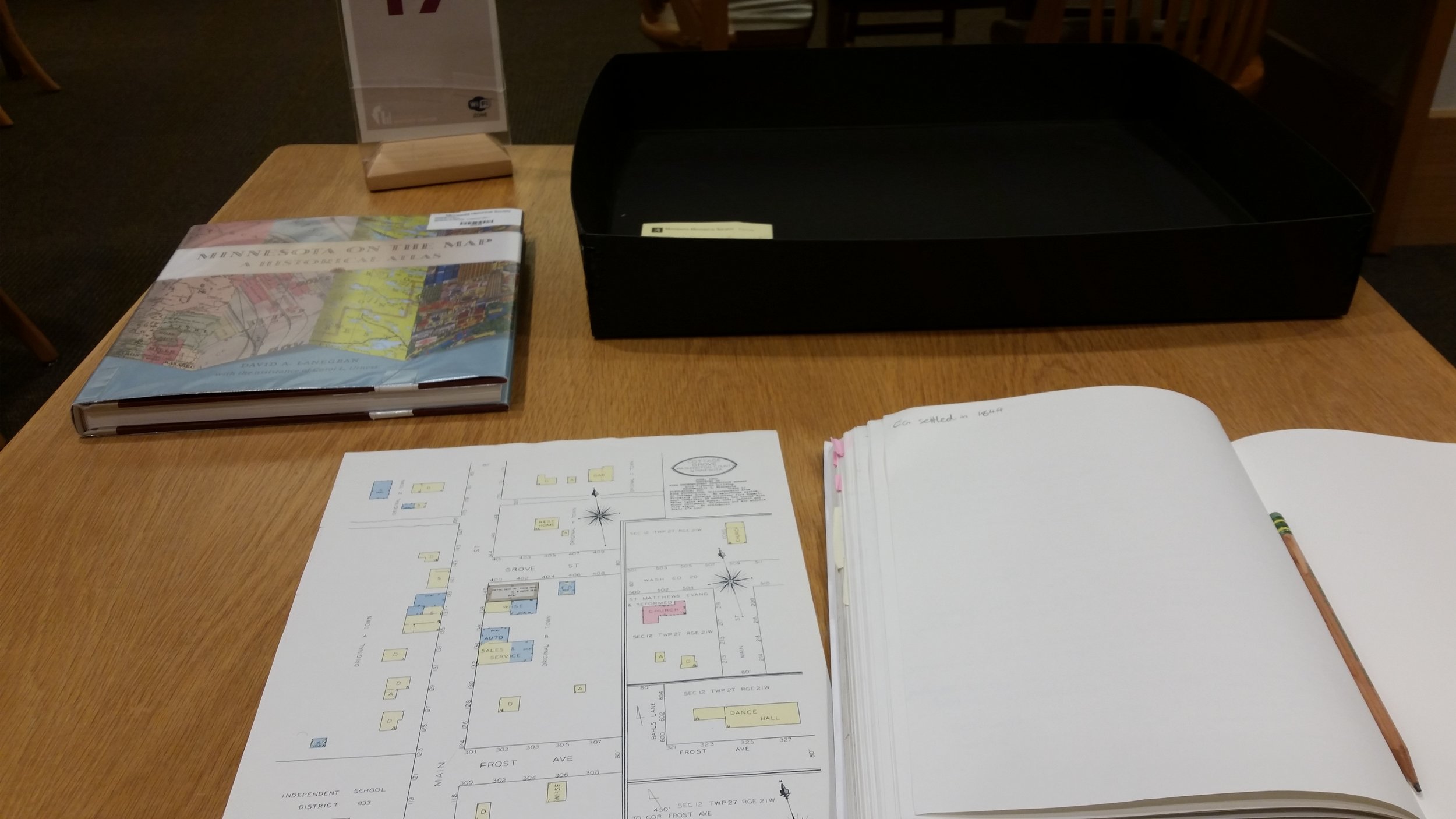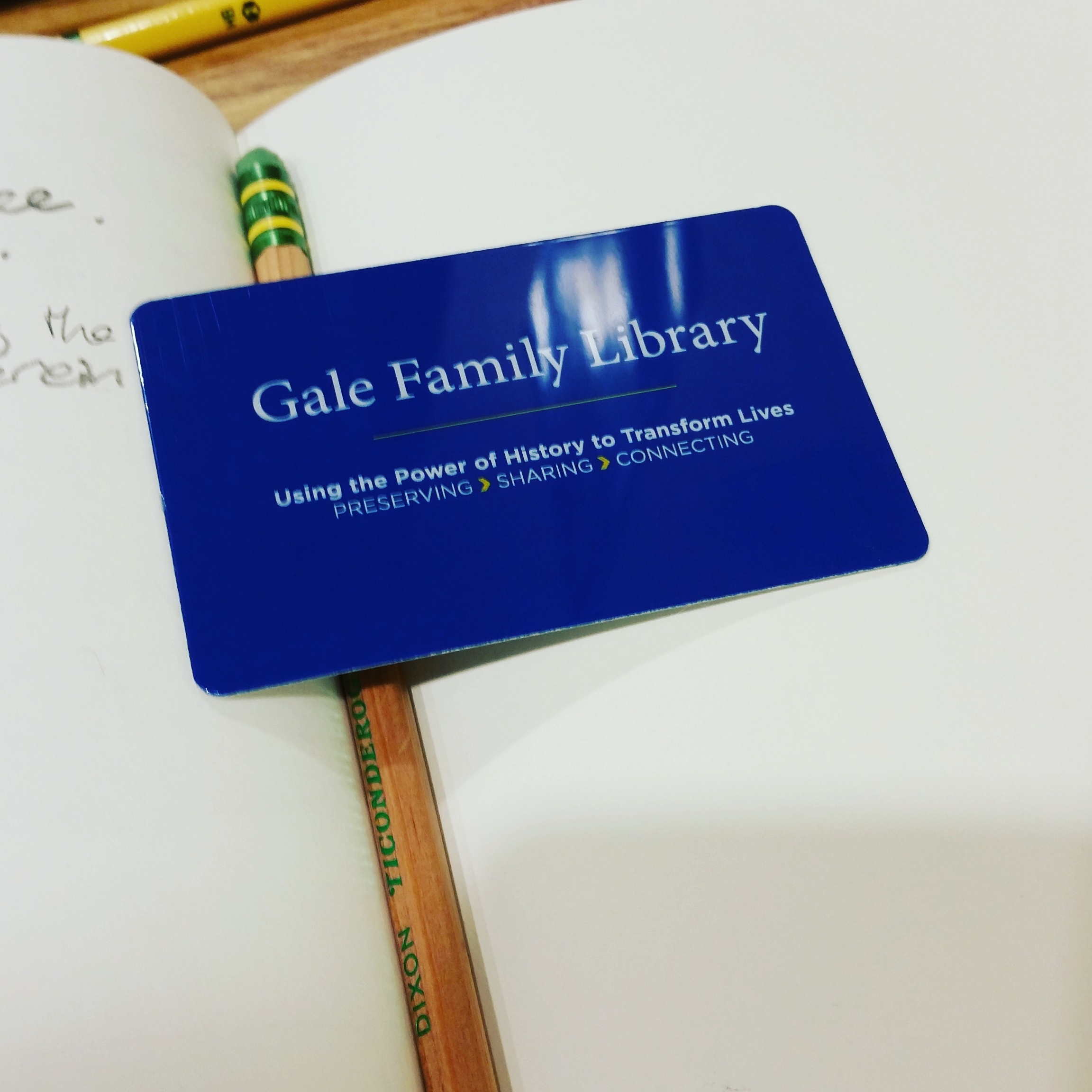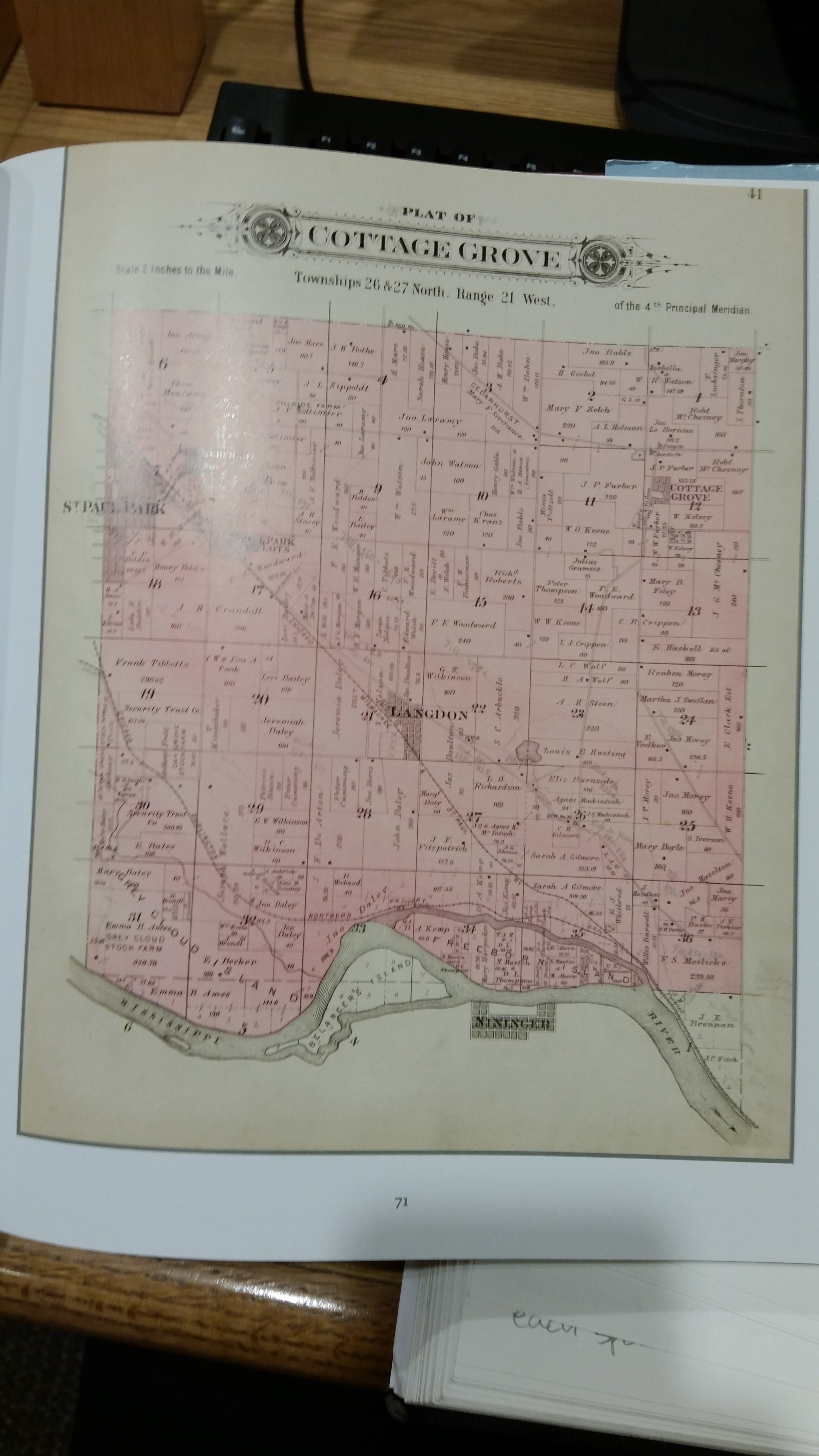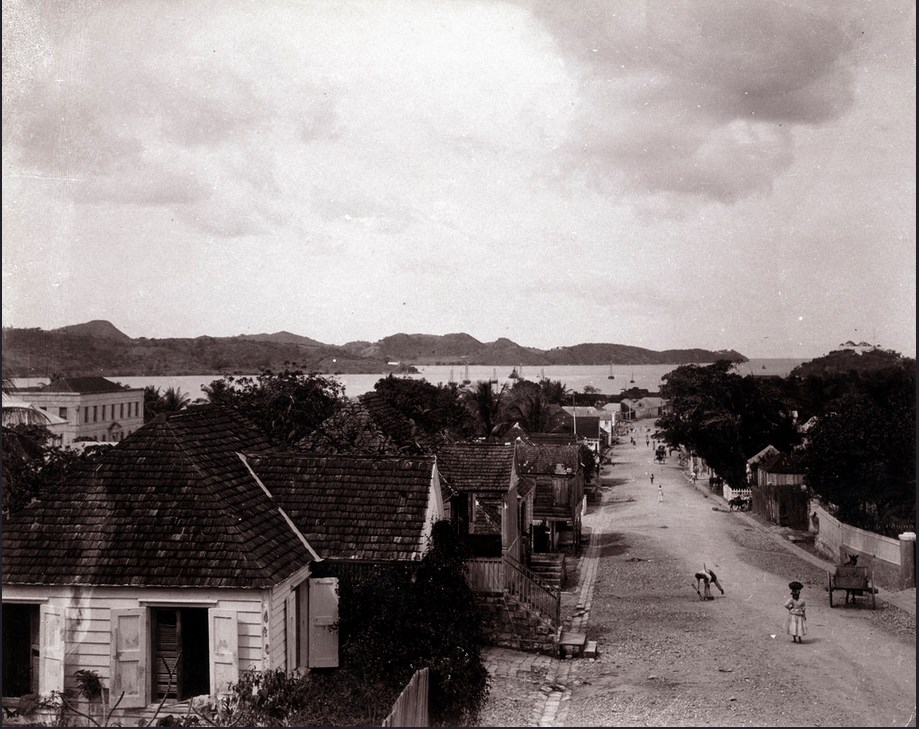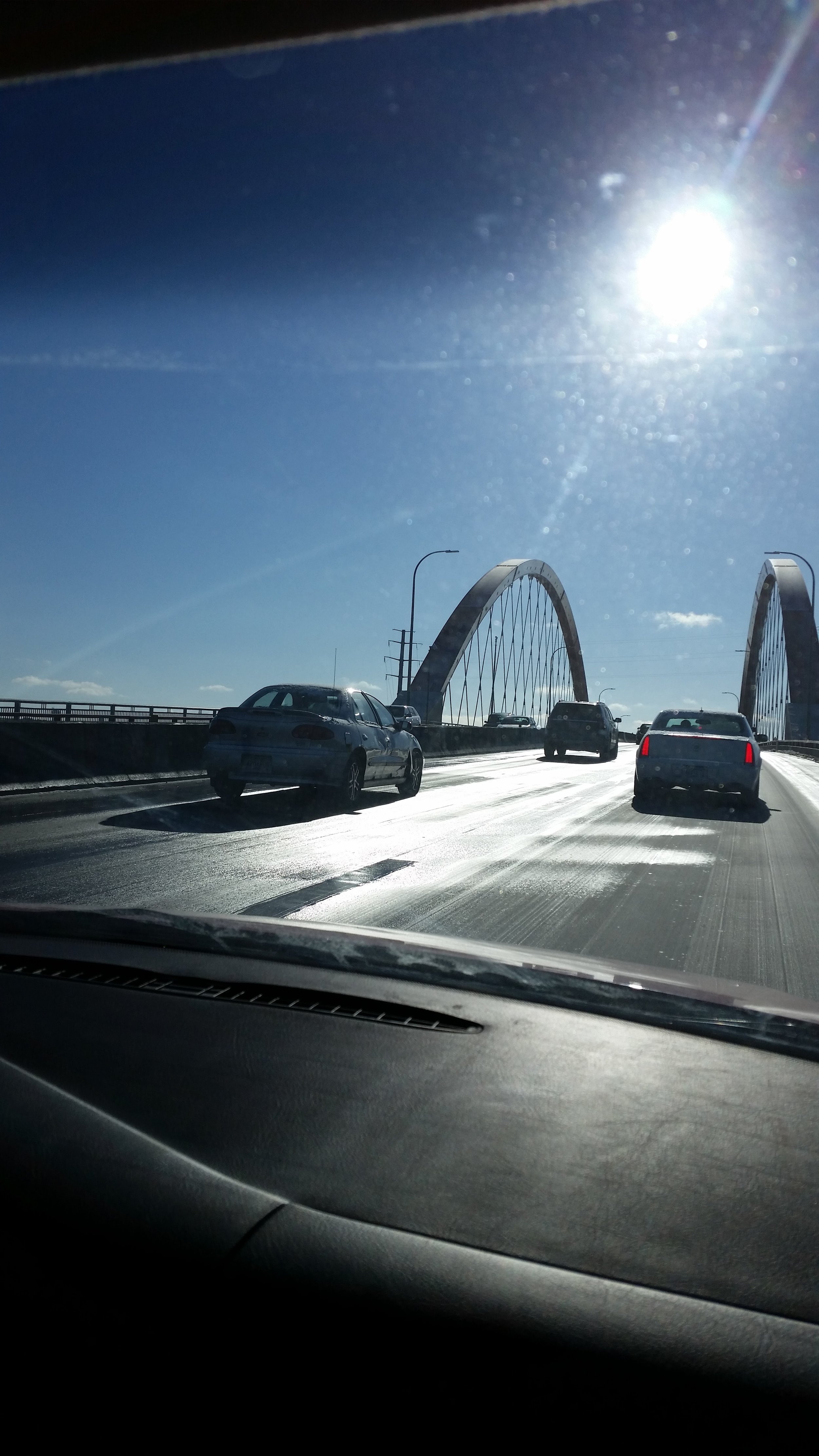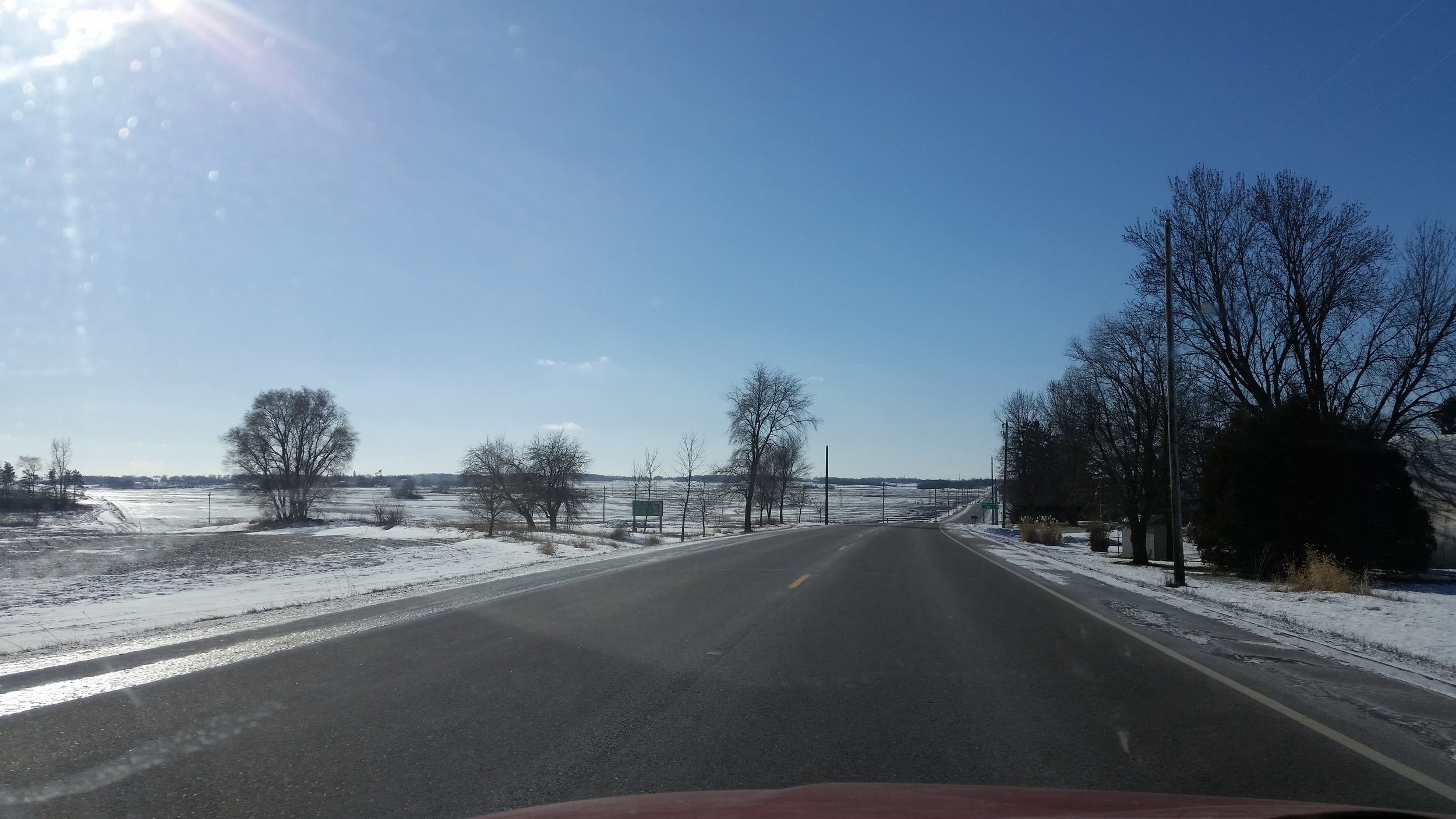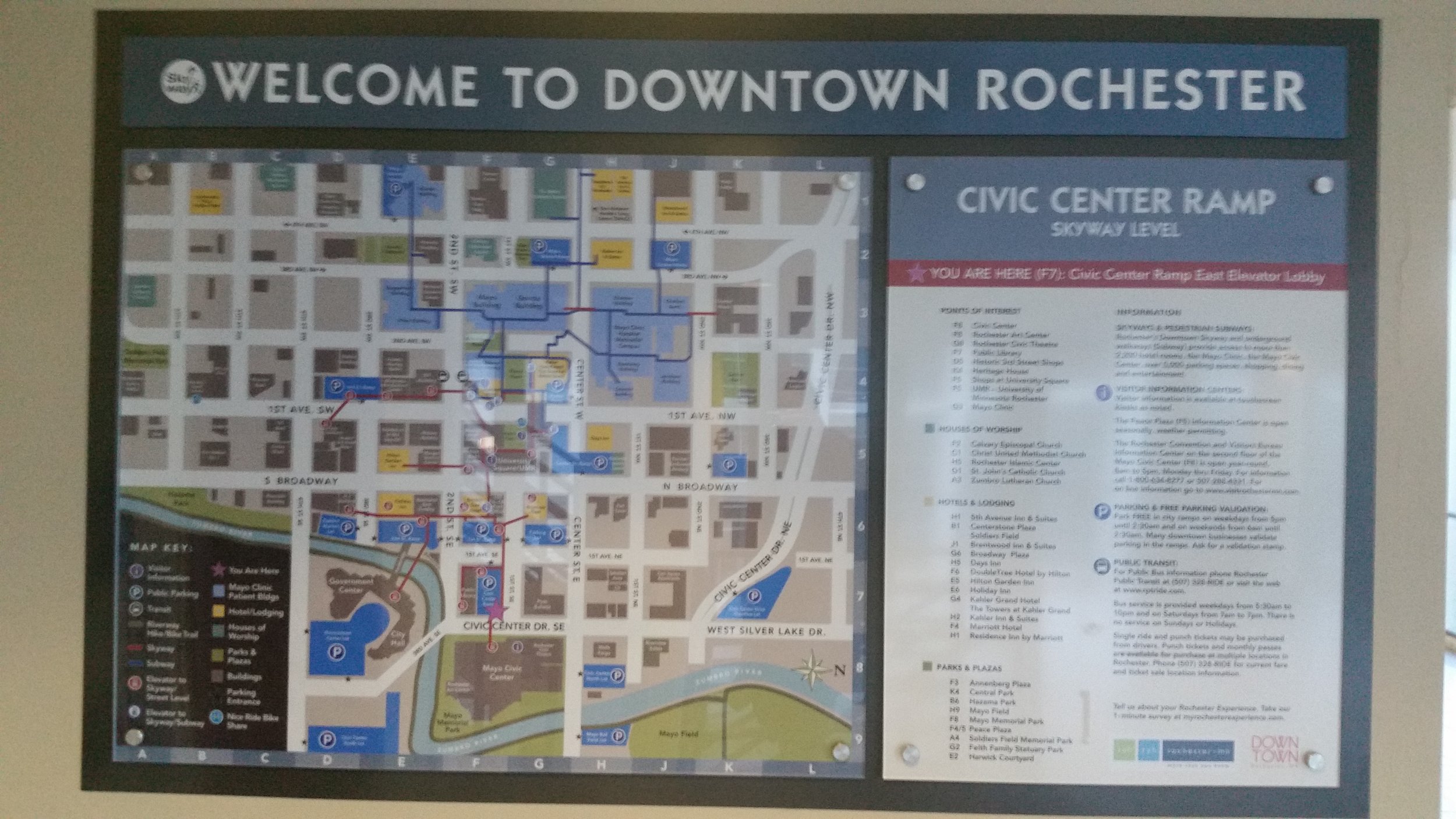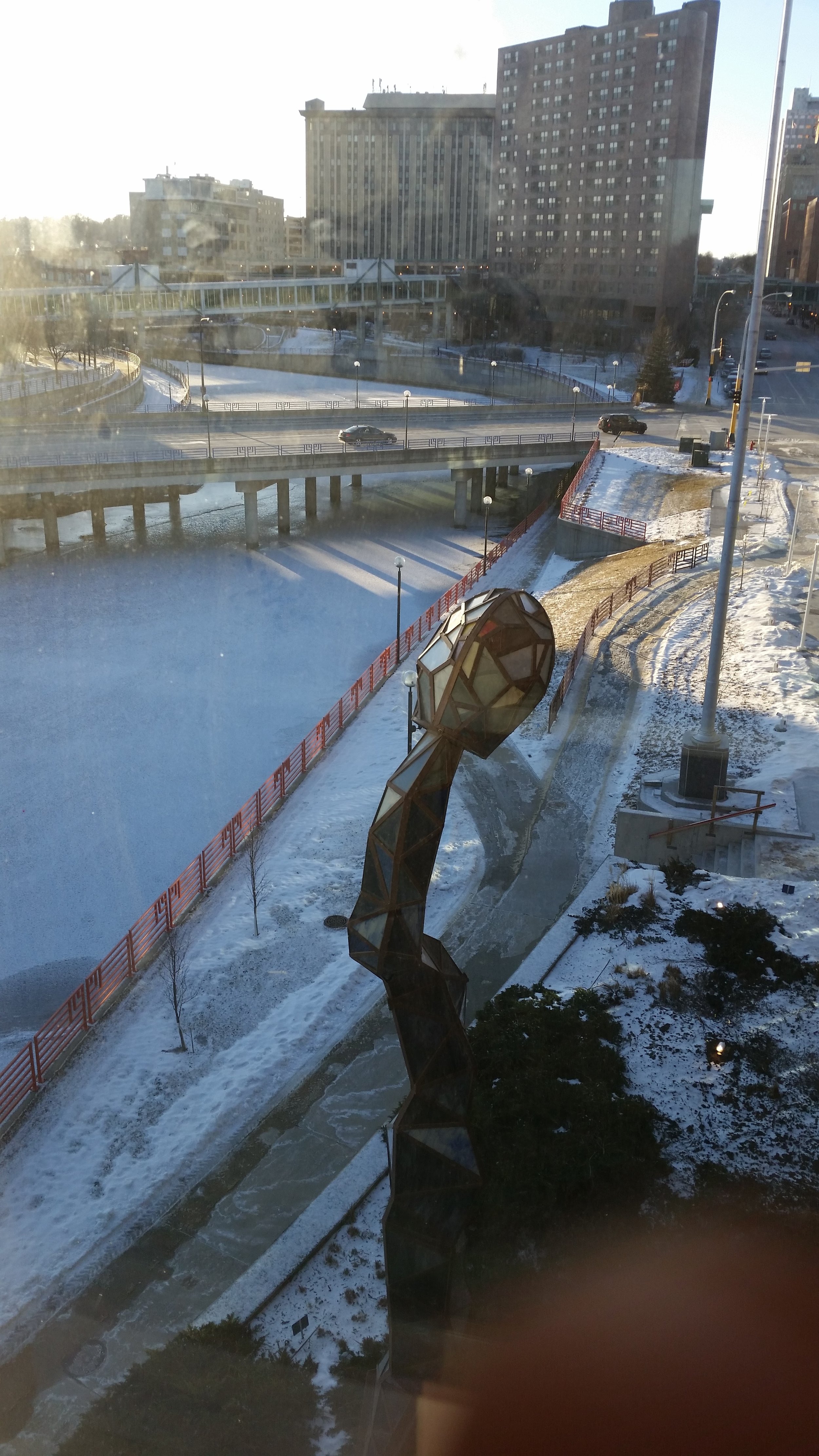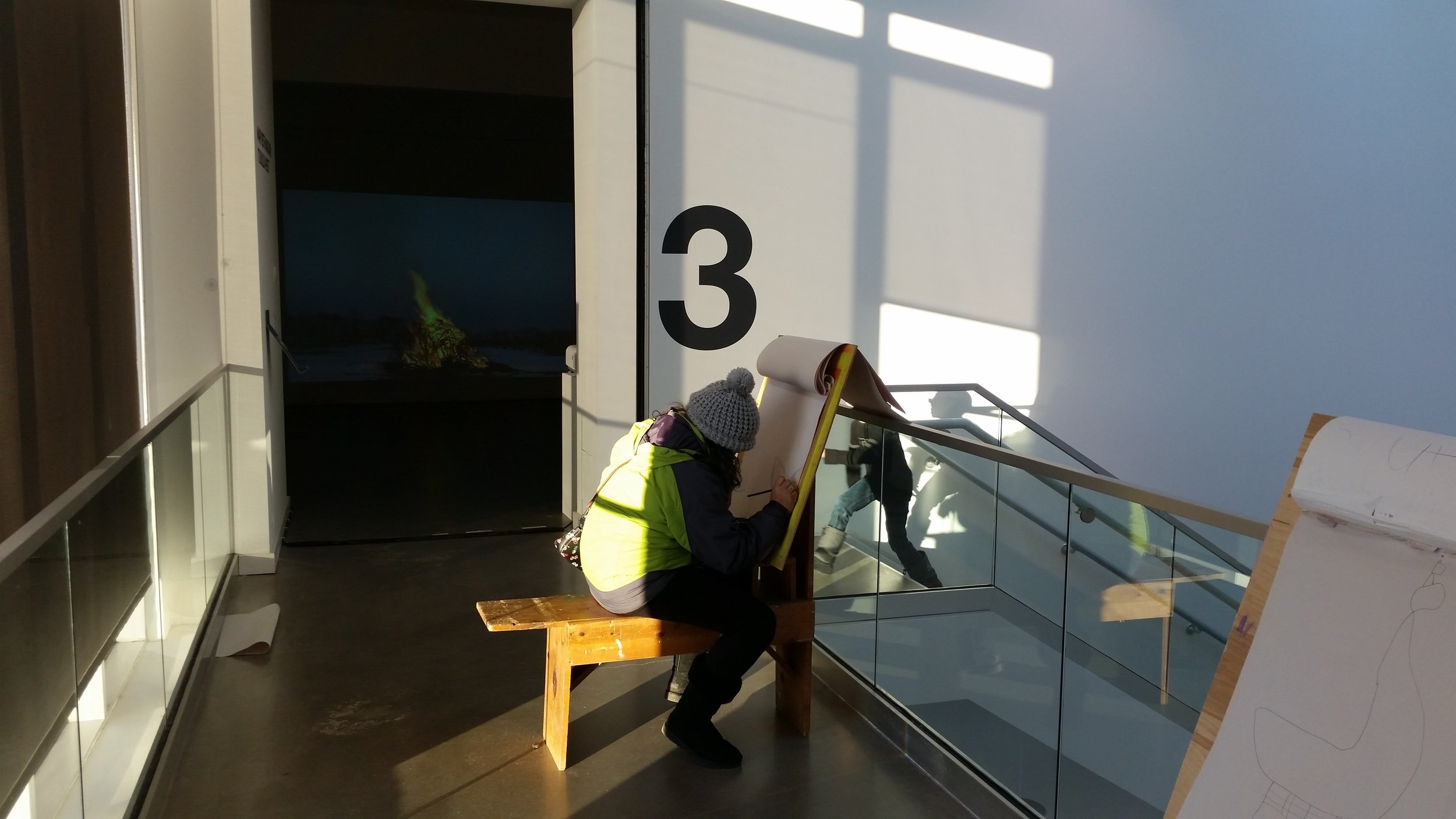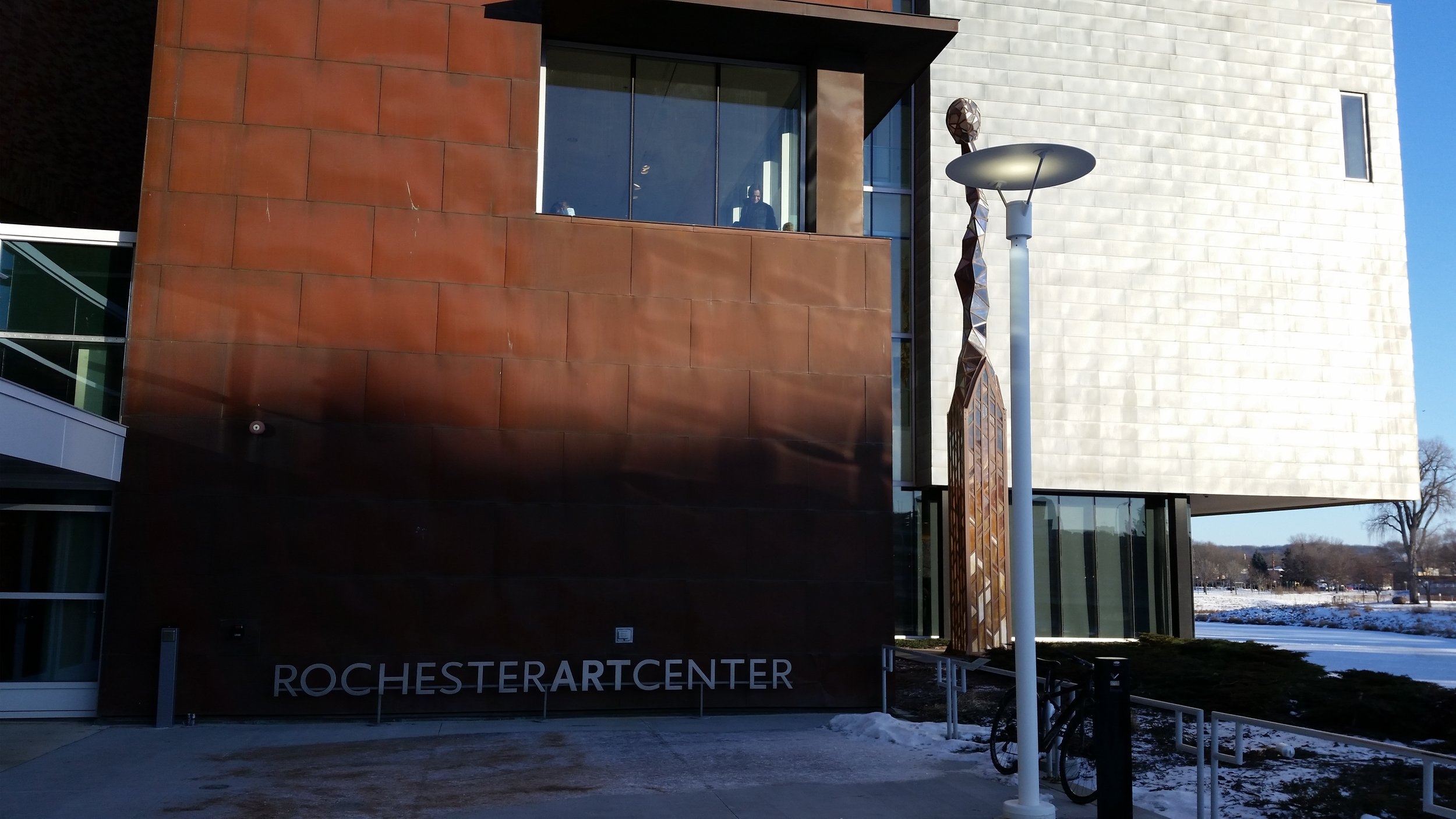I was born here in Minnesota, and have lived here my entire life, but my parents moved here only a few months before I was born. This complicates the answer to the question, "Where are you from?" I call Cottage Grove, MN home, and technically I come from St. Paul Children's Hospital, but I trace my family lineage back to the small Caribbean island of Antigua. Both my parents were born there, and spent their formative years there. My grandparents emigrated from neighboring islands before them, and a few generations before that you would likely have to ask the Trans Atlantic Slave Trade.
I and my siblings have gotten the chance to visit Antigua every few years since we were little, and I am struck by the curious relationship we have with the island, somewhere between quasi-expatriate Antiguans and foreign tourists. Antigua's economy relies mainly on tourism, and polished resorts on white sand beaches are the images that the island projects beyond its shores, and the spaces that most visitors inhabit. When my family visits however, we stay in my grandmother's house on a plot of land that used to grow sugar cane. We spend some days at the beach, but more often we are in my aunts car, driving to various parts of the island to see my father's cousins, or an old school friend of my mother. We get to see less curated parts of the island that are removed from the paradise imagery that Antigua exports to lodge itself in our imagination and culture.
I am working on a piece about Antigua, and I called my grandmother a few days ago in hopes of hearing some stories about her life on the island. I wanted to get a sense of the daily reality of existing in that environment. Gran is starting to have some memory loss, so my aunt was in the background egging her on and trying to jog her memory, but she told me about the intersecting streets she lived on after she married my grandfather, and the neighbors, and how you could see the ocean at the end of the street if you stepped out into the yard. They used to get up at 5am to go down to the sea and swim, and be back in time for work at 9. I am planning to use these and other stories in the show to give viewers a perspective of the island that is more concrete and specific than just white sand and palm trees. What would you been interested in learning about the experience of growing up and growing old in Antigua? I have many more conversations planned in preperation for this piece.





























